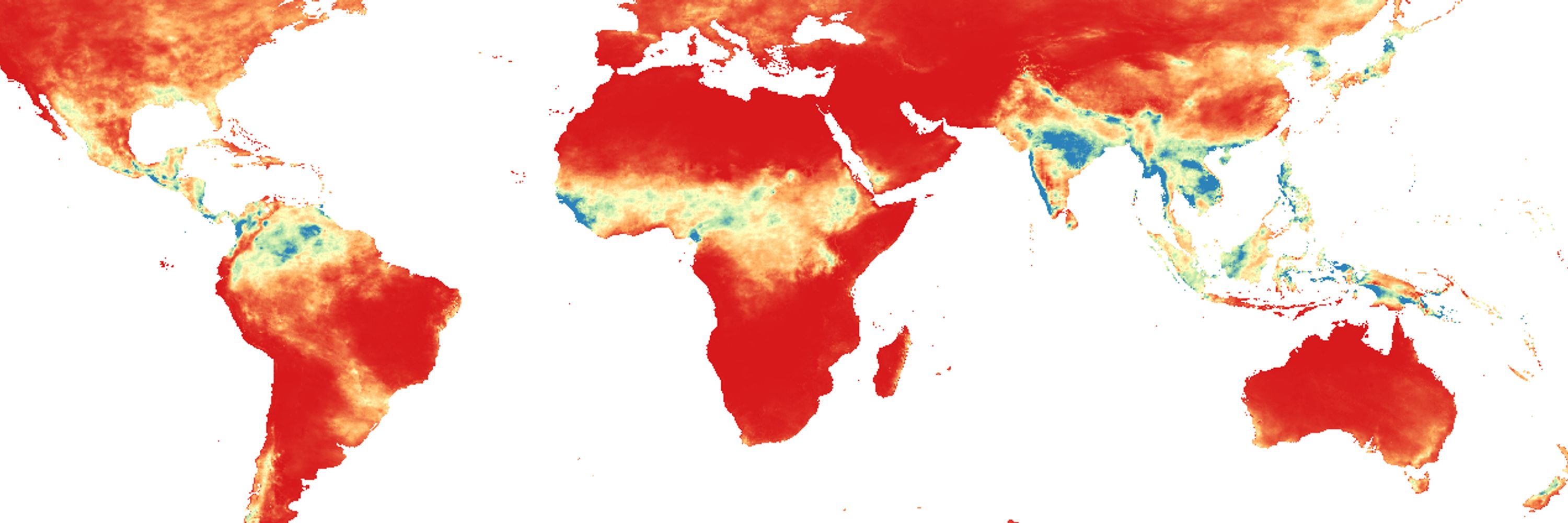
@univdauphine.bsky.social
@dialdevelopment.bsky.social
2024-2025 Job Market Candidate
and Olivia Bertelli, for their guidance! Also grateful to
Lucia Corno for her advice during my research visit at
LEAP Bocconi and to Paris Dauphine University and DIAL researchers for their support!
(15/15)
and Olivia Bertelli, for their guidance! Also grateful to
Lucia Corno for her advice during my research visit at
LEAP Bocconi and to Paris Dauphine University and DIAL researchers for their support!
(15/15)
Want to learn more about me and my research?
👩💻 mathildelesueur.weebly.com
(14/15)
Want to learn more about me and my research?
👩💻 mathildelesueur.weebly.com
(14/15)
Complementary measures—social safety nets, access to credit, insurance, and climate adaptation—are crucial to mitigate the financial pressures that drive early marriage.
(13/15)
Complementary measures—social safety nets, access to credit, insurance, and climate adaptation—are crucial to mitigate the financial pressures that drive early marriage.
(13/15)
Financial determinants of child marriage are less relevant in these communities, where other factors play a larger role.
(12/15)
Financial determinants of child marriage are less relevant in these communities, where other factors play a larger role.
(12/15)

· Droughts halve the increase in the age of first marriage and first birth and nullify bans' effectiveness on child marriage likelihood and education
· The more severe the drought, the larger its effect
(10/15)

· Droughts halve the increase in the age of first marriage and first birth and nullify bans' effectiveness on child marriage likelihood and education
· The more severe the drought, the larger its effect
(10/15)
In the absence of droughts, bans are effective in both rural and urban areas in regions where the bride price is historically practiced.
(9/15)
In the absence of droughts, bans are effective in both rural and urban areas in regions where the bride price is historically practiced.
(9/15)
· In urban areas, bans reduce child marriage likelihood by 13% (3 pp) for a 1 SD increase in ban exposure
· The younger the girl, the larger the effect
· In rural areas, bans delay marriage and childbirth but fail to lower child marriage rates
(8/15)

· In urban areas, bans reduce child marriage likelihood by 13% (3 pp) for a 1 SD increase in ban exposure
· The younger the girl, the larger the effect
· In rural areas, bans delay marriage and childbirth but fail to lower child marriage rates
(8/15)
I use a difference-in-difference approach, complemented by an event study, to exploit regional and cohort-level variations in exposure to bans (à la Card 1992 or Duflo 2001).
(7/15)
I use a difference-in-difference approach, complemented by an event study, to exploit regional and cohort-level variations in exposure to bans (à la Card 1992 or Duflo 2001).
(7/15)
· I study impact of exogenous income shocks, approximated by weather shocks, on the effectiveness of child marriage bans in 11 African countries
· I combine marriage information from household surveys (#DHS) with rainfall (#CHIRPS) and ethnographic (#Murdock) data
(6/15)

· I study impact of exogenous income shocks, approximated by weather shocks, on the effectiveness of child marriage bans in 11 African countries
· I combine marriage information from household surveys (#DHS) with rainfall (#CHIRPS) and ethnographic (#Murdock) data
(6/15)
· In Africa, vulnerable families use child marriage to cope with negative economic shocks like droughts
· They marry daughters earlier to secure the bride price paid by the groom and smooth consumption
-> Legal bans may fail due to the financial cost of compliance
(5/15)
· In Africa, vulnerable families use child marriage to cope with negative economic shocks like droughts
· They marry daughters earlier to secure the bride price paid by the groom and smooth consumption
-> Legal bans may fail due to the financial cost of compliance
(5/15)
· Economic conditions are strongly linked to child marriage, disproportionately affecting girls from disadvantaged backgrounds
· In SSA, child marriage rates are decreasing among wealthy families but increasing among the poorest
(4/15)
@unicef.org

· Economic conditions are strongly linked to child marriage, disproportionately affecting girls from disadvantaged backgrounds
· In SSA, child marriage rates are decreasing among wealthy families but increasing among the poorest
(4/15)
@unicef.org
· 12 million girls marry before 18 every year, among which an estimation of 7.5 unlawfully married
· At the current rate of progress, the world is at least 300 years away from ending child marriage
@unicef.org
(3/15)
· 12 million girls marry before 18 every year, among which an estimation of 7.5 unlawfully married
· At the current rate of progress, the world is at least 300 years away from ending child marriage
@unicef.org
(3/15)
· 19% of women are married before 18
· Sub-Saharan Africa has the highest rates (31%)
· Severe consequences on:
- Labor market participation
- Domestic violence
- Health
- Education
(2/15)
Graph: Child Marriage Monitoring Mechanism

· 19% of women are married before 18
· Sub-Saharan Africa has the highest rates (31%)
· Severe consequences on:
- Labor market participation
- Domestic violence
- Health
- Education
(2/15)
Graph: Child Marriage Monitoring Mechanism

